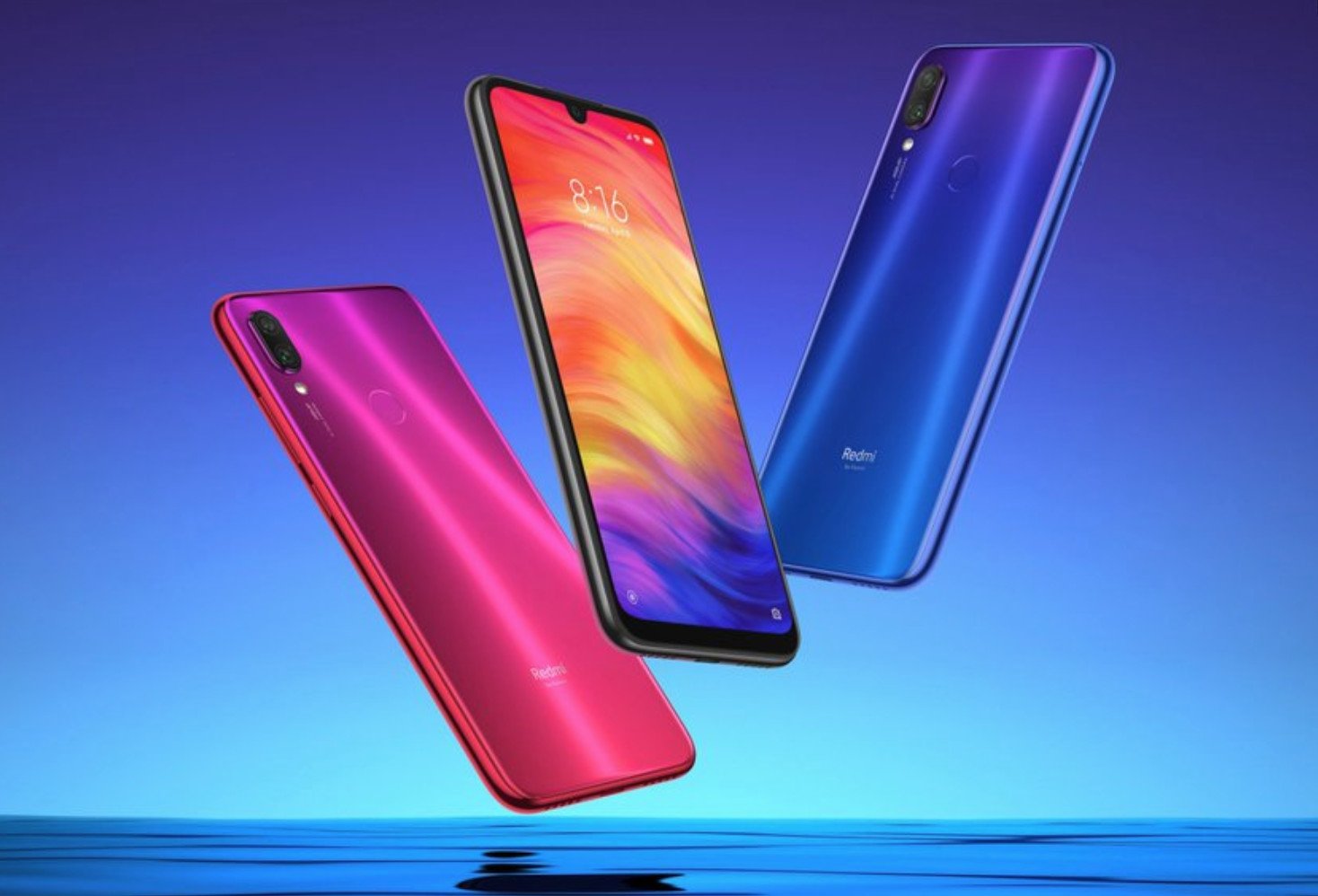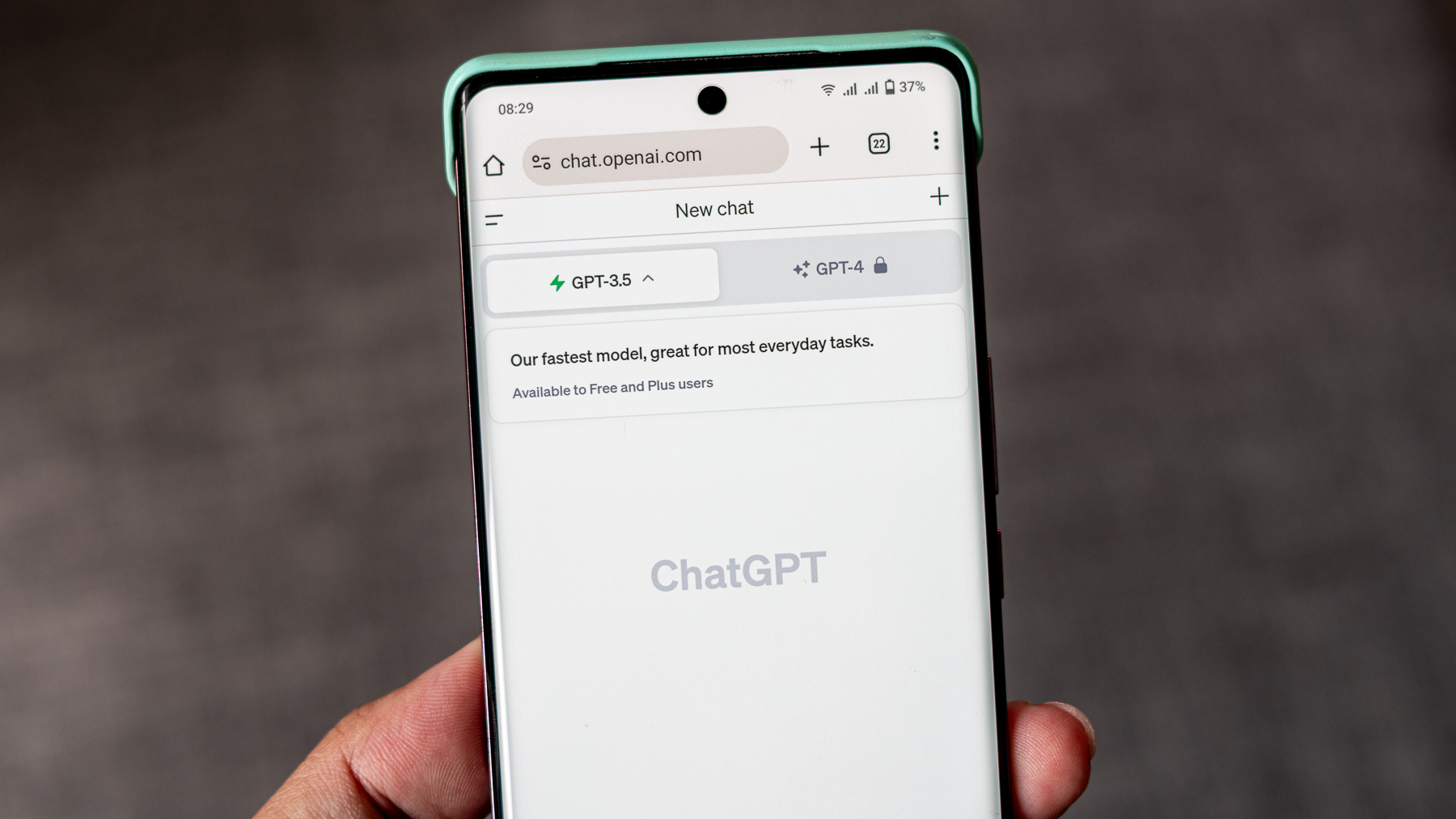Redmi Note 7 Pro with 48MP camera and Snapdragon 675 launches in India

In a sense, the Redmi Note series defines Xiaomi in India. To put things into context, Xiaomi sold over 12 million Redmi Note units in India last year. So it's no wonder that the Chinese manufacturer held nothing back for its latest products in the series, the Redmi Note 7 Pro. Coming just a few months after the launch of the Redmi Note 6 Pro, the Redmi Note 7 Pro offers a laundry list of updates that once again makes it the phone to beat in the budget space.
Starting with the internal hardware, the Redmi Note 7 Pro is one of the first devices to be powered by Qualcomm's Snapdragon 675. Qualcomm spent a lot of time talking about how it tailored the Snapdragon 675 platform for gaming, and considering just how popular PUBG is in India, it's a no-brainer that Xiaomi went with the platform on its latest budget behemoth.
The Redmi Note 7 Pro not only sports great hardware, but it also has an exquisite design.
I'd go into more detail on the hardware front at this point, but I'll have to mention the design. Past Redmi Note designs can best be summed up as mainstream, but with the Redmi Note 7 Pro Xiaomi is switching to a glass design with a gradient pattern at the back.
The Aura design — as it's called — features 2.5D curved glass at the front and back, along with a six-layer glass design to achieve the gradient finish. In short, the Redmi Note 7 Pro looks stunning.
Xiaomi will sell the Redmi Note 7 Pro in three color options: Neptune Blue, Nebula Red and Space Black. The shift to glass definitely gives the Redmi Note 7 Pro a more premium look, and Xiaomi is going with Corning's Gorilla Glass 5 for both the front and back panels.
Up front there's a 6.3-inch FHD+ panel with a waterdrop cutout, and Xiaomi is touting increased brightness and better power efficiency with the screen. Mainstays like the IR blaster are back, and the phone charges over USB-C, a welcome addition.
And for the first time, you'll be able to buy a Redmi Note device with 128GB of storage. The Redmi Note 7 Pro will be available with 4GB of RAM and 64GB of storage or a version with 6GB of RAM and 128GB of internal storage. Then there's the camera at the back — the Redmi Note 7 Pro comes with a 48MP Sony IMX586 sensor along with a secondary 5MP lens.
Be an expert in 5 minutes
Get the latest news from Android Central, your trusted companion in the world of Android
Xiaomi is touting AI-assisted portrait mode and face unlock features, with the phone coming with a 13MP shooter up front. Best of all, the Redmi Note 7 Pro will be able to shoot 4K video at 30fps.
Xiaomi is once again showing ASUS and Samsung that it understands the Indian market better.
Xiaomi has been offering 4000mAh batteries on its devices for some time now, and the Redmi Note 7 Pro continues that trend. What has changed is the fact that it now works with Quick Charge 4. The wall plug included in the box goes up to 10W, but you'll be able to use a third-party solution to unlock the full charging potential of the device.
Joining the Redmi Note 7 Pro is the standard version, the Redmi Note 7. The device features a similar design and comes with a Snapdragon 660, 6.3-inch FHD+ panel with Gorilla Glass 5, 12MP + 2MP cameras, 13MP front camera, and 4000mAh battery. On the software front, the Redmi Note 7 and Note 7 Pro run MIUI 10 based on Pie out of the box.
Xiaomi built its entire business on aggressive pricing, and that hasn't changed with the Redmi Note 7 series. The 4GB/64GB version of the Redmi Note 7 Pro will be available in India for just ₹13,999 ($195), with the 6GB/128GB model sold for ₹16,999 ($240). The 3GB/32GB Redmi Note 7 will retail for just ₹9,999 ($140), and the 4GB/64GB variant will go for ₹11,999 ($170).
The Redmi Note 7 Pro will go on sale starting March 13, with the Redmi Note 7 available from March 6. You'll be able to buy either device from Xiaomi's own website as well as a host of retail stores across the country, and Flipkart.

Harish Jonnalagadda is Android Central's Senior Editor overseeing mobile coverage. In his current role, he leads the site's coverage of Chinese phone brands, networking products, and AV gear. He has been testing phones for over a decade, and has extensive experience in mobile hardware and the global semiconductor industry. Contact him on Twitter at @chunkynerd.
